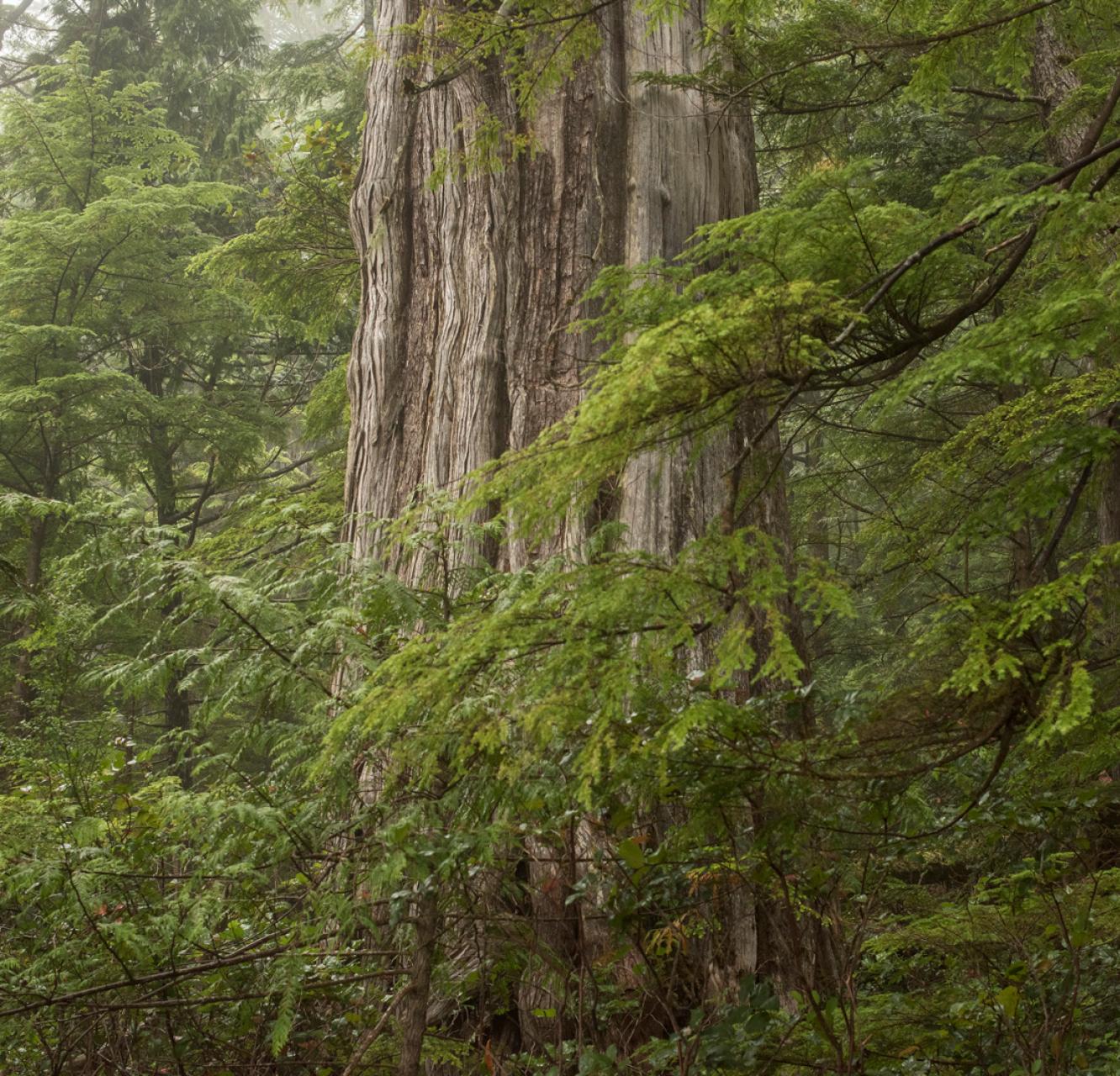Critics slam forest plan
Monday, October 29, 2007
The provincial government has pledged to change log export taxes and provide forest companies with more control over timber harvesting rights in a plan released Monday aimed at re-making the destitute coastal forest industry.
The forest industry supports the plan, which promises regulatory changes to promote an efficient sawmilling industry around second-growth timber and an old-growth industry focusing on higher-valued products.
But the plan contains nothing to protect B.C.'s forest dependent communities or old-growth forests said critics, who wondered why it took Forests Minister Rich Coleman two years to develop it.
Coleman told the Vancouver Sun editorial board last May that the plan would lead to a reduction in old-growth harvesting. But Ken Wu of the Western Canada Wilderness Committee described the plan Monday as being "as brown as a clear-cut."
"They haven't made any new commitments to put restrictions on old-growth harvesting, all they are going to do is ramp up second-growth harvesting," Wu said.
Coleman said he wouldn't be surprised to see log exports from Crown lands cut in half once the new rates come into effect.
"No other government has ever had, for lack of a better description, a temerity to say let's step up and do something different," Coleman said.
New Democrat forests critic Bob Simpson said the raw log tax applies only in the southern portion of the coast, where much of the harvesting is on private land.
"The minister once again proves he does not have a clue what he is talking about when it comes to forestry in this province," Simpson added.
The Coastal Forest Action Plan is a 10-page document that lays out in general terms the blueprint to develop two very different forest industries on the coast:
- An old-growth harvesting sector north of Vancouver Island where eco-system-based management governs logging practices with the wood going to value-added manufacturers who can afford the higher-priced timber.
- A second-growth harvesting sector, on Vancouver Island and adjacent mainland where intensive forest management and shorter harvesting rotations would provide low-cost logs to new lumber mills.
It also includes a commitment to enhance the competitiveness of the coastal industry through strategies to reduce harvesting costs and increase the value of hemlock and balsam, which accounts for 60 per cent of the timber on Crown lands.
Changes in log export rules will take place Feb. 1, 2008, when log export fees on timber from Crown land on the South Coast will be linked to the softwood lumber export charge, currently at 15 per cent. The lumber tax has encouraged log exports to U.S. because U.S. mills have a 15-per-cent cost advantage over their Canadian counterparts so can afford to pay more for their logs.
For example, fir, the most valuable export log, will have a 20-per-cent tax when the lumber tax is at 15 per cent. The export tax on fir will be five per cent when lumber markets are so strong that the lumber export tax drops to zero.
The new regime is aimed at levelling the playing field between sawmillers in B.C., who must pay an export tax on lumber shipments to the U.S., and manufacturers in Washington state.






